You can contact LEARNZ, part of CORE Education, at:
Postal Address:
PO Box 13 678,
Christchurch 8141,
New Zealand
Human activities have damaged a lot of New Zealand’s natural landscape and reduced the health of awa. Restoring awa can repair some of this damage.
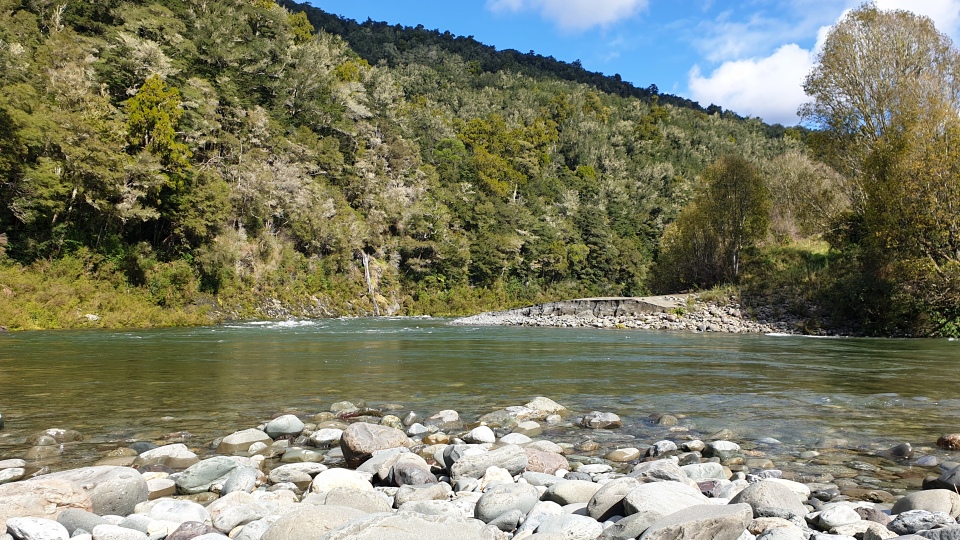
Before any awa restoration mahi can begin, it is important to know how healthy the river is. Monitoring different parts of an awa can help to determine its health. To find out where to focus restoration efforts, it is important to look at the whole river ecosystem.
Monitoring the health of an awa could involve sampling and taking notes about:
It is also a good idea to talk with local iwi and other experts about the awa. This can provide information such as the history of the area, the awa’s cultural value, and how it may have changed over time.
Once you have finished monitoring it is time to plan and take action based on the results.
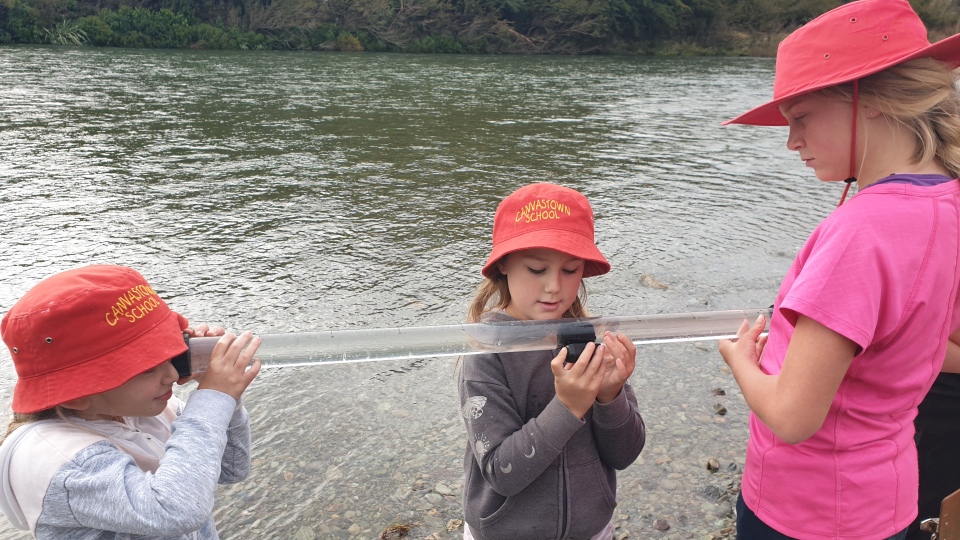
Restoration is about helping something that has been damaged, degraded, or destroyed. Restoring awa means restoring water quality, water flows, and biodiversity. It also means restoring the mauri of an awa. An awa with a strong mauri will support healthy ecosystems, support cultural uses (including mahinga kai) and be a source of pride and identity to the people who are linked to the awa through their whakapapa.
To help restore awa, you can:
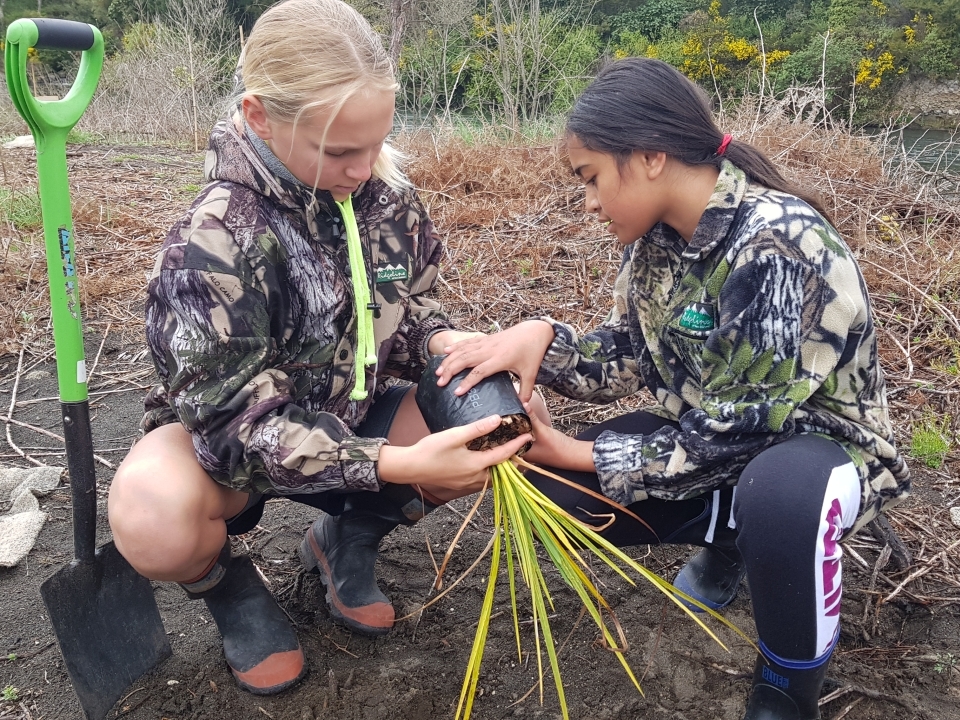
Sometimes there is a group of people who have taken the responsibility of restoring an awa. It can be a big job, so it is important to have lots of people involved.
There are often people from a variety of backgrounds involved in awa restoration. There could be schools and kura, mana whenua, people from the council, the Department of Conservation, or landowners whose property or businesses are linked to the awa. Or it might simply be people who care about their local awa.
Everyone will have different values and uses for the awa, so it is important that everyone has their say and shares their ideas before decisions are made and action is taken.
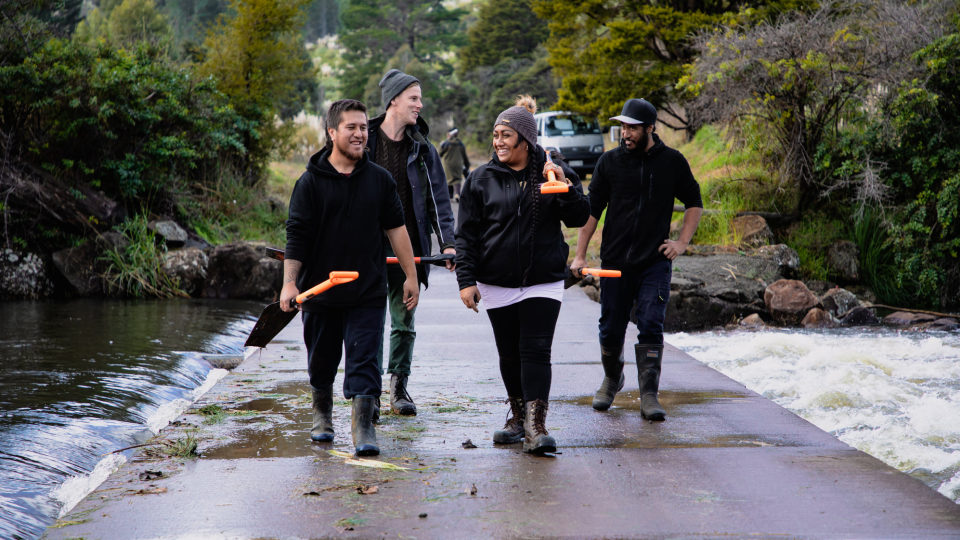
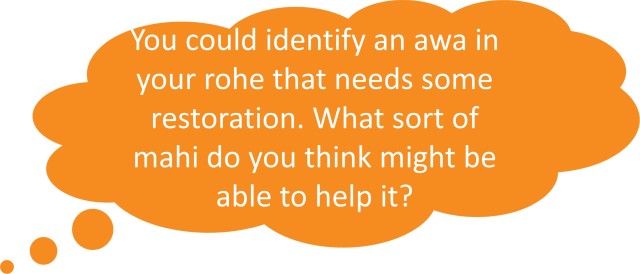
Try the Restoring awa quiz.
Plants create habitat for a wide variety of animals both in and out of an awa. They also stabilise riverbanks to prevent erosion and reduce the amount of nutrients and sediment entering the water.
Ideally, bush areas will regenerate naturally from falling seeds, or those carried by wind or birds. But sometimes nature may need a helping hand through active restoration planting and seeding. Collecting seeds close to where they are to be planted is called eco-sourcing. It is an important part of a restoration project.
Ecosourced plants will be suited to local conditions and more likely to survive. They will also help maintain the area's unique local characteristics. Ecosourcing will avoid the risk of planting species which are not native to the local area, and which could become invasive.